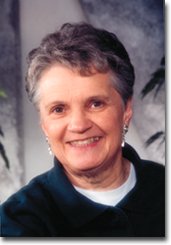
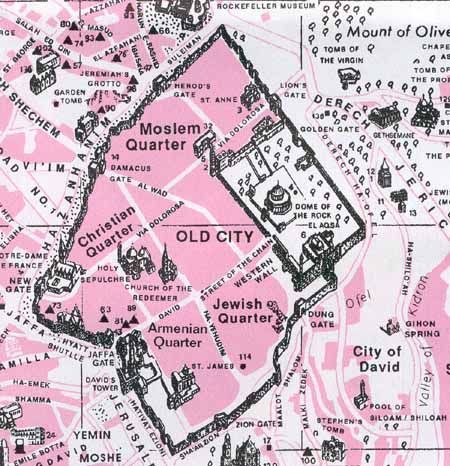
I have been to Jerusalem six times and continue to be fascinated with the city. Widely proclaimed as the cradle of the three great faiths, Judaism, Christianity and Islam their co-existence is very evident in the Old City. While walking through the old streets one can hear the bells of churches, watch the ultra religious Jews worship at the Western Wall and hear the call to worship from the minarets over loudspeakers, five times a day.
Jerusalem is only 42 square miles (108 sq km) but is home to over a hundred ethnic and religious backgrounds. Some of these are deeply devout and others are completely secular. There are Christians Arabs and Muslim Arabs. There are Copts, Lutherans, Anglicans, Catholics belonging to a multitude of orders, Greek Orthodox and Protestants of almost every persuasion.

Any visit to Jerusalem is memorable. It recently celebrated its 3,000th anniversary making it one of the most ancient cities in the world. For the tourist, the most interesting sector of Jerusalem is that part of the city walled in by ancient stone. A maze of winding streets will lead you to the Western Wall, the Temple Mount, and the Church of the Holy Sepulchre. Most shopkeepers speak fairly good English.
There are paved paths on top of the city walls with guardrails to protect visitors from falling. The total distance around the walls is two and a half miles (4 km) and takes three hours to complete.
The Old City is divided into four quarters. One is the Armenian Quarter in the southwest, accessible from the Jaffa Gate on one side and the Zion or St. Stephen Gate on the other. The Armenian Church is part of a monastery dating back to the 7th century. They also had the first printing press in Jerusalem.
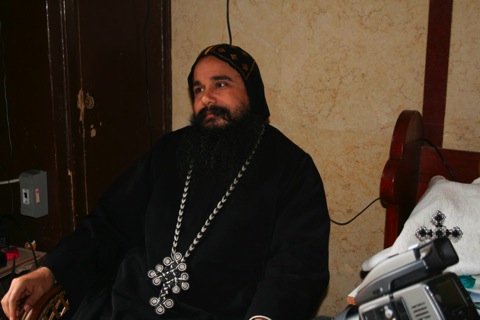
The Christian Quarter in the northwest contains many religious sites and churches. The Church of the Holy Sepulchre draws many visitors. Considered to be the site of the crucifixion and burial of Christ, it is the most revered site in Christendom. This is the fourth church built on this site since the Emperor Constantine built the original church in the fourth century. And the seat of the Roman Catholic Church was established here in 1099. Greek Catholic, Greek Orthodox, Ethiopian and Coptic Church all have their head offices here. Pilgrims usually enter through St. Stephen’s Gate, commemorating Stephen, the first Christian martyr who was stoned to death outside this gate.
The Citadel and Tower of David is at the Jaffa Gate. It was constructed by Herod t=he Great. When Titus destroyed Jerusalem in 70AD he left the towers as silent witnesses to the Roman conquest. The Citadel has been partly reconstructed and houses a museum that tells the story of Jerusalem throughout the ages. The Sound and Light show is a must for visitors. The Damascus Gate on the north also provides entrance to the Christian Quarter.
The Muslim Quarter on the northeast is the largest of all the quarters. It is a city within itself with bazaars, small factories, restaurants, vegetable markets, and religious and educational institutions. Some of these date back to Roman times. Herod’s gate is an impressive entry way to the Muslim Quarter.
The Dome of the Rock is the most revered Muslim monument in the city. Erected in 691 AD by the ninth successor if the Prophet Mohammed, this magnificent building is the most outstanding landmark in Jerusalem It was built on the very site where the Jewish Temple once stood and is a constant source of friction between Muslims and Jews. Jews and Christians are not allowed to enter the dome of the Rock.
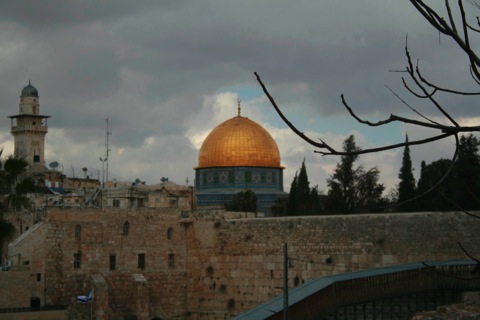
The El Aqsa Mosque on the Temple Mount is the main centre of Islamic religious activity in Israel, dating back to the 8th century. In the early part of the 12 th century the Crusaders used it as a palace but Saladin recaptured Jerusalem in 1187 returning it to Muslim rule.
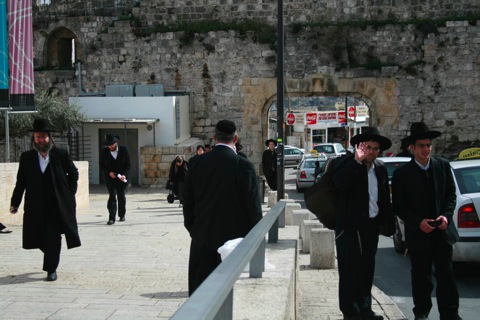 The Jewish Quarter is in the southeast corner of the Old City. After the Israeli victory in the Siz Day War of June 1967 the ruble of war and neglect was cleared away, the old buildings were restored, new buildings were constructed, historical finds were unearthed. One of these is the Cardo, a major road in Roman and Byzantine Jerusalem. Besides the many synagogues there are an extraordinary number of museums.
The Jewish Quarter is in the southeast corner of the Old City. After the Israeli victory in the Siz Day War of June 1967 the ruble of war and neglect was cleared away, the old buildings were restored, new buildings were constructed, historical finds were unearthed. One of these is the Cardo, a major road in Roman and Byzantine Jerusalem. Besides the many synagogues there are an extraordinary number of museums.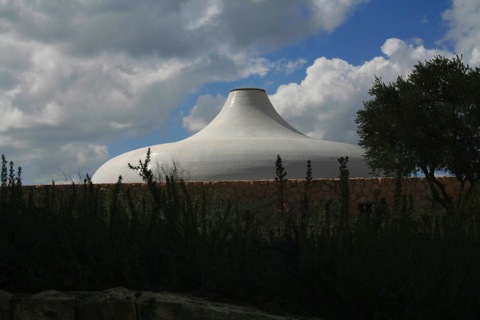
A very modern construction, the Shrine of the Rock, within the Jerusalem Museum, houses the “Dead Sea Scrolls,” and is probably one of the most important sites in Jerusalem. The scrolls were discovered in 1947 by Beduin shepherds in the Qumran Caves in the Judean Desert. The scrolls record the Jewish uprising against the Romans AD132 - 135 as well as fragments from books of the Bible. It’s unusual shape is based on the ancient clay vessels in which the scrolls were stored.
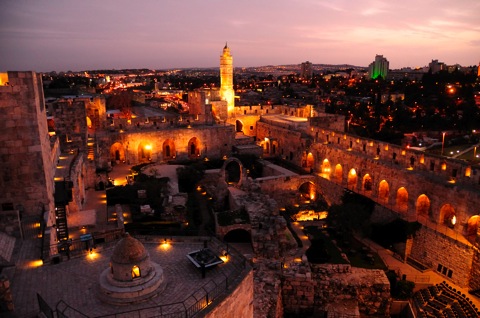
Jerusalem is one of the most ancient cities in the world. Any visit is bound to be both moving and memorable.